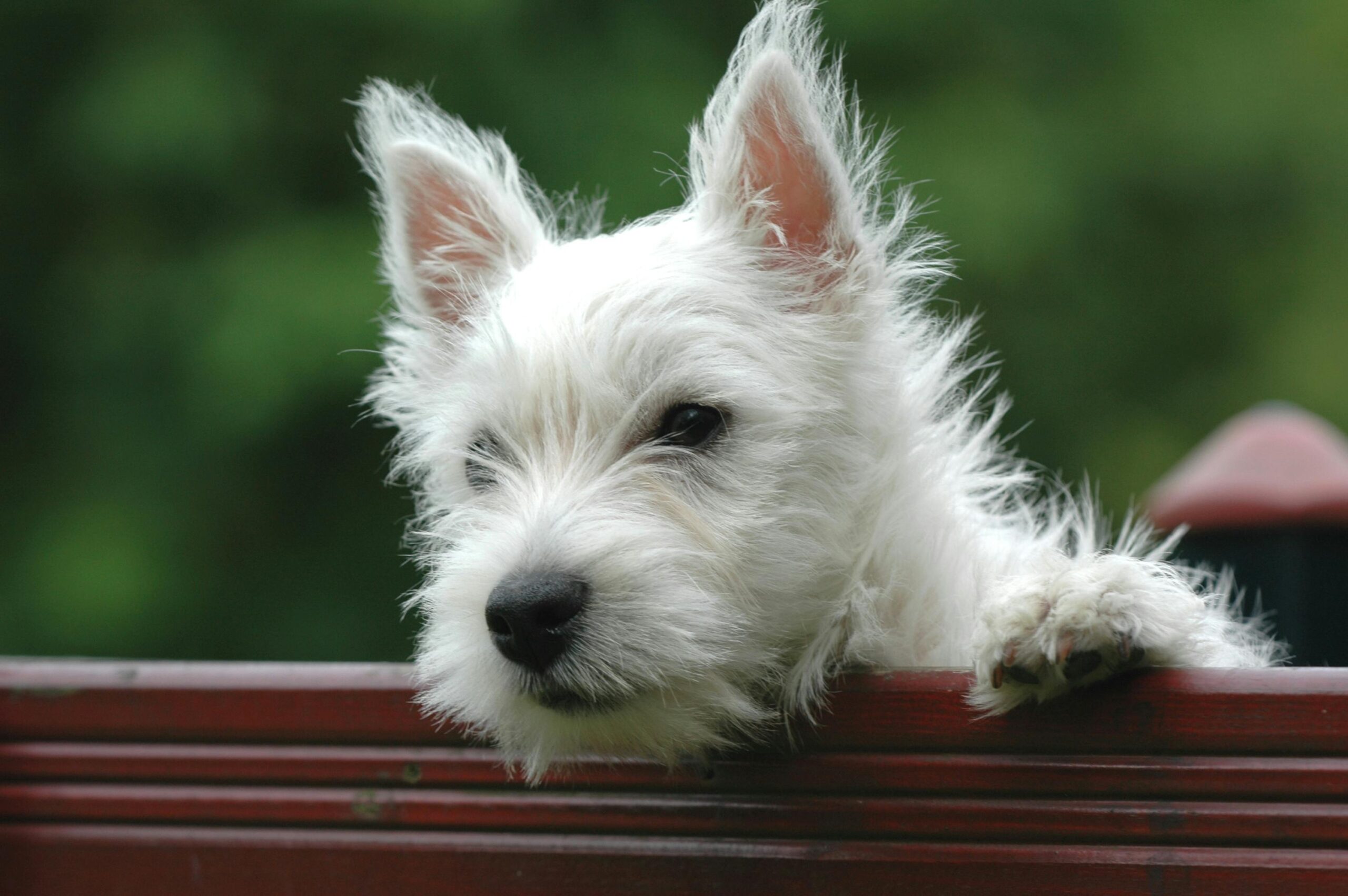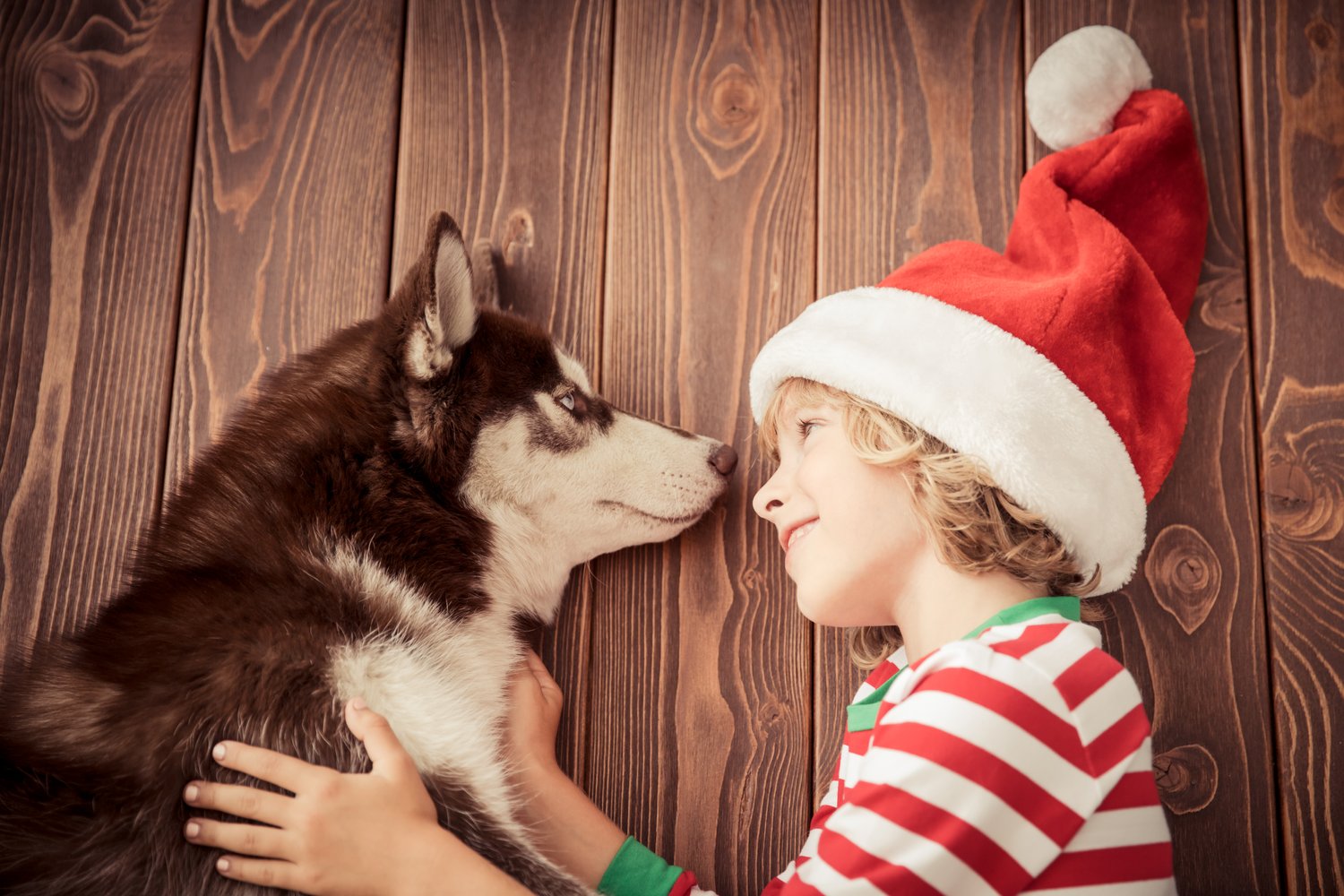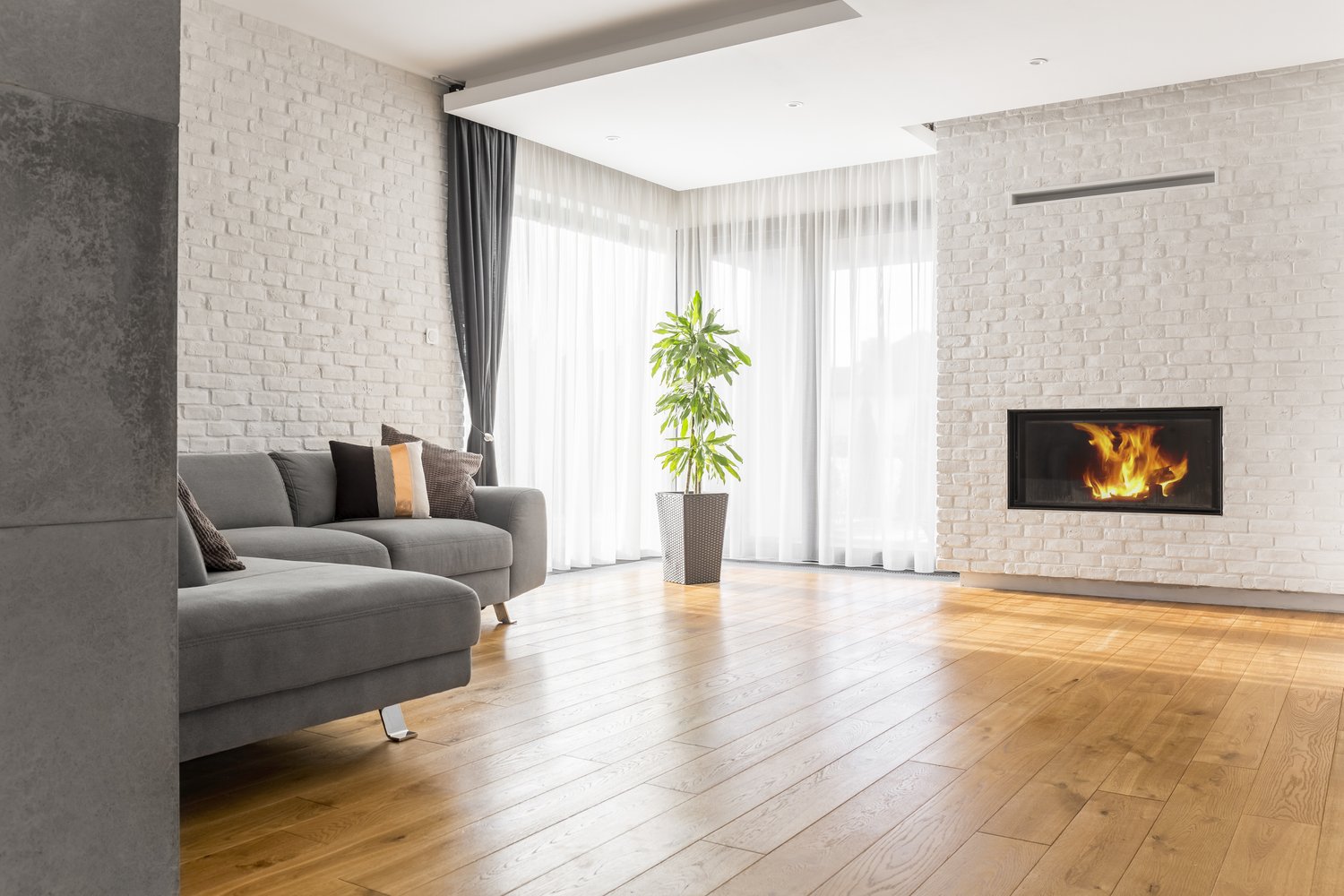Creating a secure outdoor space for your furry companions is essential for their safety and your peace of mind. The right fence can prevent your beloved pets from wandering into dangerous situations while giving them the freedom to enjoy the outdoors. With various yard fencing pets solutions available on the market, homeowners have multiple choices to consider based on their specific needs, budget, and aesthetic preferences. This article explores different fence types including wood, vinyl, chain link, and invisible options, highlighting their effectiveness for both dog and cat containment.
Traditional Wood Fencing
Wood fencing remains one of the most popular dog fence options for homeowners seeking a balance between functionality and aesthetic appeal. A properly constructed wooden fence provides excellent security for most dogs while enhancing your property’s appearance and value. Standard wooden fences typically range from four to six feet in height, with six feet being ideal for larger breeds or dogs that are accomplished jumpers.
The primary advantages of wood fencing include its natural appearance, customizability, and substantial privacy benefits. Cedar and pressure-treated pine are common choices due to their durability and resistance to decay. For enhanced cat containment, wooden fences can be modified with smooth-topped panels or roller bars along the top edge to prevent cats from climbing out. However, wood requires regular maintenance including staining or painting every few years to prevent weathering and rot.
When considering the best fence for dogs, wood offers excellent versatility but may have gaps that small dogs could squeeze through, so it’s important to ensure proper installation with minimal spacing between boards.
Vinyl Fencing Solutions
Vinyl fencing has gained popularity as a low-maintenance alternative to wood that still provides excellent pet containment. Made from PVC materials, vinyl fences resist fading, cracking, and peeling, making them an excellent long-term investment for pet owners. These fences come in various styles including privacy, picket, and post-and-rail designs.
For dog owners, vinyl privacy fences offer a solid barrier that prevents distractions from outside stimuli that might cause barking or escape attempts. The smooth surface makes vinyl particularly difficult for dogs to climb or chew through. Many homeowners appreciate that vinyl fencing doesn’t require painting or staining, with occasional cleaning with soap and water being the extent of maintenance needed.
Cat owners should note that while vinyl fences are sleek and difficult to climb compared to wood, determined cats might still scale them. Adding coyote rollers or cat-proof toppers can enhance security for feline companions. According to experts at AskHomey, properly installed vinyl fencing with appropriate modifications can provide years of secure containment for both cats and dogs with minimal upkeep concerns.
Chain Link Fence Considerations
Chain link fencing offers one of the most economical yard fencing pets solutions, particularly for large areas. These fences provide excellent visibility and airflow while creating a clear boundary for pets. Standard chain link heights range from four to six feet, with taller options available for pets that are prone to jumping.
The main advantages of chain link include durability, affordability, and minimal maintenance requirements. Modern versions come in vinyl-coated options that look more attractive than traditional galvanized steel while offering additional protection against corrosion. For dog containment, chain link is generally effective for medium to large breeds, though determined diggers may require additional measures such as burying the fence several inches underground or adding a concrete footer.
For cat proof fence solutions, standard chain link presents significant challenges as cats can easily climb the mesh surface. Cat owners considering chain link should explore additions like fine mesh toppers that angle inward or specialized cat-proof extensions designed to prevent climbing and jumping. While not the most aesthetically pleasing option, chain link fences provide reliable security when properly installed and supplemented with appropriate cat deterrents.
Invisible Fence Systems
Invisible or wireless fence systems represent a modern approach to pet containment that preserves landscape aesthetics while creating boundaries for dogs. These systems typically consist of a buried wire that emits a radio signal detected by a special collar worn by the pet. When the animal approaches the boundary, the collar provides an audible warning followed by a mild static correction if they continue.
For dog owners with aesthetic concerns or homeowners association restrictions, invisible fences offer an unobtrusive solution that can be custom-designed to any yard shape. They’re particularly effective for well-trained dogs after an initial adjustment period. The lack of physical barriers also eliminates concerns about pets getting stuck in or injured by traditional fencing.
However, invisible fences have significant limitations. They’re generally ineffective for cat containment, as the correction mechanism doesn’t work well with cats’ independent nature and smaller size. They also provide no protection against other animals entering your yard, which could pose risks to your pets. Additionally, some dogs may decide the momentary discomfort is worth the freedom and break through the barrier, particularly if they’re highly motivated by prey or social interests outside the yard.
Choosing the Right Solution
Selecting the perfect fence requires careful consideration of your specific pets’ behaviors, your aesthetic preferences, and your budget. The best fence for dogs depends largely on their size, temperament, and jumping or digging tendencies. Similarly, effective cat proof fence options should account for cats’ climbing abilities and agility.
Many pet owners find that combining different fencing technologies provides the most comprehensive solution. For instance, a traditional fence with invisible fence reinforcement can address both containment and aesthetic concerns simultaneously. Consulting with fencing professionals who understand pet behaviors can help identify the ideal configuration for your unique situation.
For more tips and to connect with reliable home service professionals, follow AskHomey on Facebook and Instagram.



